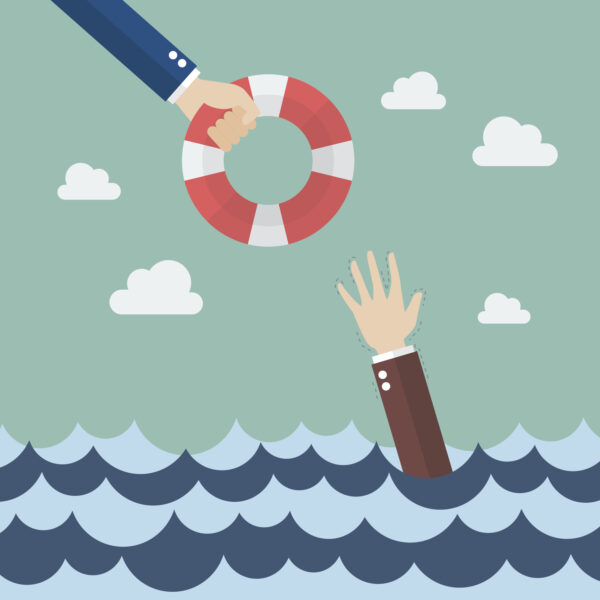Supporting Struggling Employees
Shawnee Love • June 19, 2020
Every morning, I listen to the news highlights over breakfast on my google home mini.
When Covid orders first started occurring in BC, I listened avidly in fear and overwhelm.
As the updates became normal, I began to reflect on what I wasn’t hearing about. Other things didn’t stop happening after all, it just seemed like they did because COVID was the focus.
Over the weeks, I listened to daily reports of how many were sick and dying, locally, provincially, federally, internationally. And in my video meetings and meet ups with friends, colleagues, loved ones and clients, I began to hear fear levels rising and mental health and resiliency on the decline.
Unsurprisingly, I am now finding more and more news releases about increases in drug use and overdoses, calls to suicide hotlines, prescription med use, alcohol consumption and weight gain all attributed to COVID.
Thus, we have had approximately 3 months of unhealthy behaviour patterns combined with fear-inciting messaging (some paid for by our governments and some the sensationalized opinion pieces of doom surfers and paranoid prophets) telling us to be afraid, be very very afraid. Its no wonder why people in Canada feel scared – of each other, of going out, and particularly about coming back to work.
For employers bringing people back into workplaces, addressing this fear requires not only thoughtful and well communicated health and safety plan and practices, but also additional mental health supports.
Leaders have always been part counselor to their staff, but the demands for individual and group support are at an all time high in my experience.
Here’s what you can do today to support your employees:
- Ask how they are doing and if they feel safe at work. Ask one on one, but also in group meetings. Start holding check ins where people share.
- Ask how you can help make the workplace and the work better, easier, safer. These initiatives don’t have to be permanent, but they may help get people over the initial hurdles (including fear) which they are facing.
- Remind about the health supports your organization provides (e.g., group benefits, health & wellness spending accounts, employee family assistance plans, etc.). Don’t have any of those in place? I know some excellent benefits providers who I am happy to refer. Or reach out to your local chamber or associations for their recommended providers.
- Share online mental health resources with your staff. There are wonderful resources online which are mostly free and just require initiative and a bit of discipline for regular practice. Build discussions about progress in individual conversations and you are building accountability into your wellness program.
- Encourage healthy behaviours at work (breaks, time to reconnect with colleagues, a good schedule which enables work/life blend, laughter, etc.).
- Take care of yourself. You can’t pour from an empty cup. I know my own self care has been a challenge sometimes throughout this pandemic. If you are finding yourself struggling, there is no time like the present to get some support for keeping your energy up and your mindset focused.
The following sites offer great tools for practicing self care and enhancing mental health and can work for you or your people:
- https://bouncebackbc.ca/
- https://www.workplacestrategiesformentalhealth.com/
- https://letstalk.bell.ca/en/covid-19
- https://www.heretohelp.bc.ca/
- https://www.psychologists.bc.ca/covid-19-resources
If you have questions about supporting mental health and psychological safety at work, or need a second look at your return to work safety plan, we are here for you!





